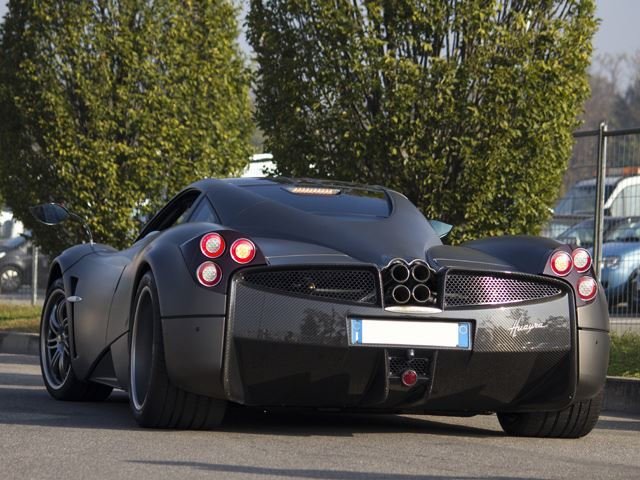Carbuzz Explains: How The Exhaust Transforms Car Farts Into Horsepower And Music

Cars also share the need to shout and get rid of waste like living beings. Unless you’re this guy, the exhaust is a part of your car that you think so little about. Chances are you don’t appreciate what it does for your car or—more importantly—how you can unleash more power, fuel economy, and noise with a few tweaks.

In the most basic of terms, the exhaust is tasked with taking the byproduct of burning up fuel in the cylinder and removing it from the engine. From the engine, exhaust flows out of the car by snaking underneath the driver in most cases, and out of the tailpipe at the rear to become someone else’s problem. Seems simple enough, right? Only problem with this model is that it fails to take into account everything that goes on behind the scenes. For one, the EPA regulates exhaust gases, so you can't just slap any plumbing onto the exhaust manifold and flip off the people behind you. The gas is hot and it also contains many contaminants.
On top of this, exhaust rumbles out the engine with the sounds of exploding dead dinosaur puree, so automakers need to spend time and engineering dollars to mitigate this. Step one is to send the gas away from the front of the car to the rear through an intricate loop-de-loop that goes around mechanical components and ends at the catalytic converter, letting the gas cool in the process. Here dangerous hydrocarbons and carbon monoxide get transformed into water vapor and carbon dioxide by reacting with precious metals. After the cleanse, the gas still needs to get the hush treatment via the muffler, which uses baffles to bounce and dissipate sound energy or fiberglass to absorb the sound.


So how can you tweak these parameters to shred some rubber and piss off your neighbors? Well, think of a person sitting at a desk. If they inhale and exhale through a tube not much bigger than a straw, they will be able to breathe and stay alive. However, ask that same desk jockey to start running and soon they’ll collapse from the lack of oxygen. The same goes for performance cars. To gain the full potential of a car, the engine must have an exhaust large enough to allow the car to breathe when its engine is at full tilt. Supercar exhausts cost so much because they need to achieve this while improving airflow and emitting an attractive noise while also dealing with more gas at higher temperatures.
High-flow catalytic converters add to this benefit. For mufflers, there are infinite varieties of noises that one can get through custom exhausts. Basically, the muffler is like a wind instrument. You can use it to play the high-pitched noises a Ferrari makes or play bass-heavy tunes like a Mustang. Nowadays in the age of adjustable suspension and drive settings, it was only a matter of time before valve-controlled exhausts became a reality. Like a musician changing notes, these exhausts can open or close valves and alter the noise of the car. The rewards for having a good exhaust pay dividends by unleashing more power and allowing the result to to sound like post-breakup Adele or Metallica on cocaine.






Related News


